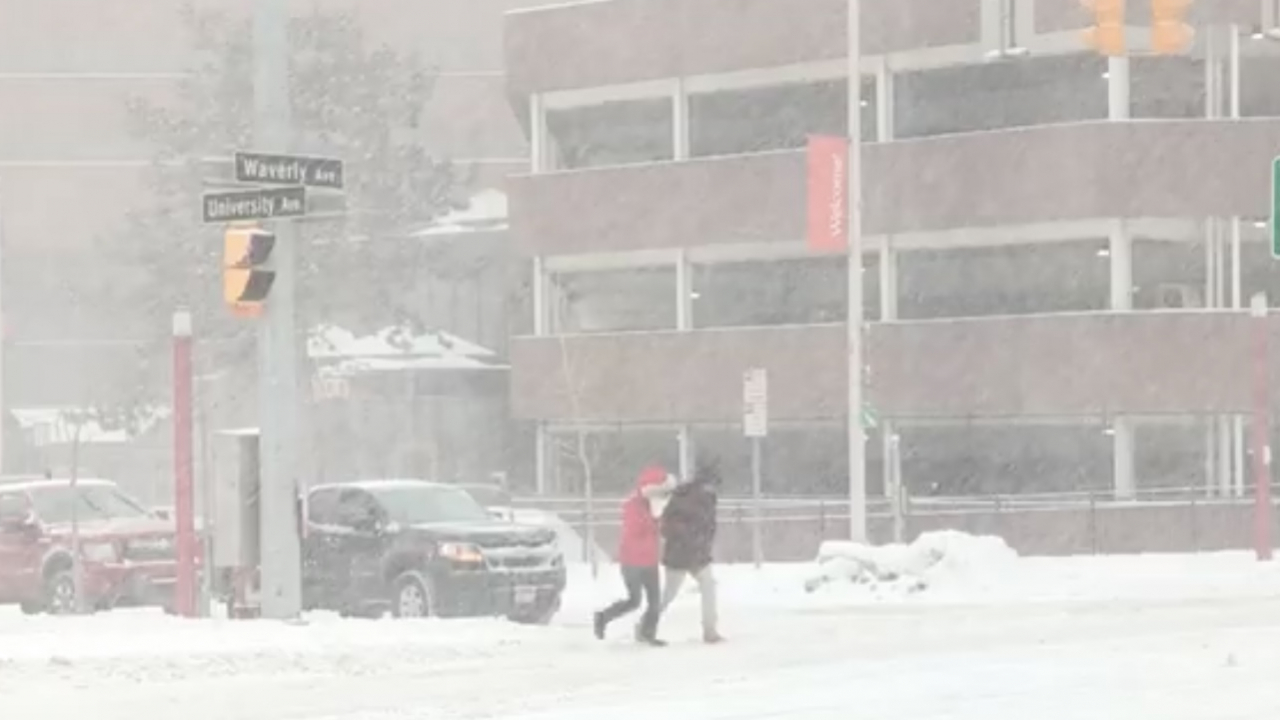
SYRACUSE, N.Y. (NCC NEWS)-
As the winter’s snow melts away and salt mines lay still until next winter, the damage of road salt remains. It’s damage Mechanic Jorge Muller knows too well.
“The salt here does enormous damage underneath the carriage brake lines and gas lines the front suspension,” said Muller.
Angel Carmen lives part time in Syracuse and has already paid the cost of salt eroding her car.
“So you can lose your tires like in a cartoon when you’re turning because the salt takes away the protective panel underneath” said Carmen.
Carmen is not alone. Triple A found in a report that 70% of Americans have damage to their vehicles due to salt. And it’s not cheap- the report also found that Americans spend three million dollars each year on salt damage repairs. But Martin Voss, Onondaga County Public Works Director says you’re also paying for that salt… in your taxes.
“I think over the course of a year we spent well over a million dollars,” said Voss.
The County’s purchasing director tells NCC News the real number is even higher – more than three million dollars a year on salt. Yet there is still another cost of salt according to William Cooke from The nature conservancy’s.
“It’s many millions of tons. You can’t introduce that volume into the environment without having a very significant, direct and instant impact” said Cooke. He says it’s not just the environment’s health, but our own.
“Every time you drink water from a well, that has too much sodium that has direct impacts on your health, whether it’s hypertension, whether it’s long term organ issues,” said Cooke. He said water across New York is contaminated with salt.
“It is an environmental and public health nightmare,” said Cooke.
However some areas like Ramsey County in Minnesota or the city of Reno in Nevada found an alternative to the harsh rock salt. Instead of relying entirely on rock salt, Reno and Ramsey County use saline or brine, a water and salt mixture to treat the roads.
“So instead of the truck, dropping rock salt, the truck is spraying usually before the storm event, a solution onto the road, that is a safe a salt, brine solution that gets you real good coverage and protection and impact without all of the degradation because you’re using such a significantly lower amount when you go into liquid,” said Cooke.
The brine latches onto the roads better, and prevents salt from kicking up into cars. Saline trucks also use less salt.
John Profaizer, Deputy Director of Maintenance of Ramsey County says while since implementing saline trucks they do not have the data on its impact on cars, but said it’s safe to make the assumption that by using less salt by using the saline trucks, there is less damage to vehicles. But Syracuse’s solution… is a bit different.
“I think once you’ve lived in Syracuse for more than a year, you know, you need to take your car to the carwash in the winter after a big storm,” said Voss.
Which, according to Muller, doesn’t exactly get the job done.
“You’re not going to be free of salt, but it will help,” said Muller.
There was an effort by the New York legislature in 2020 to limit salt use, but the seats for the proposed task force have not been filled. After a year of inaction, the damage continues- under your vehicle, in our rivers and out of your pocket.




